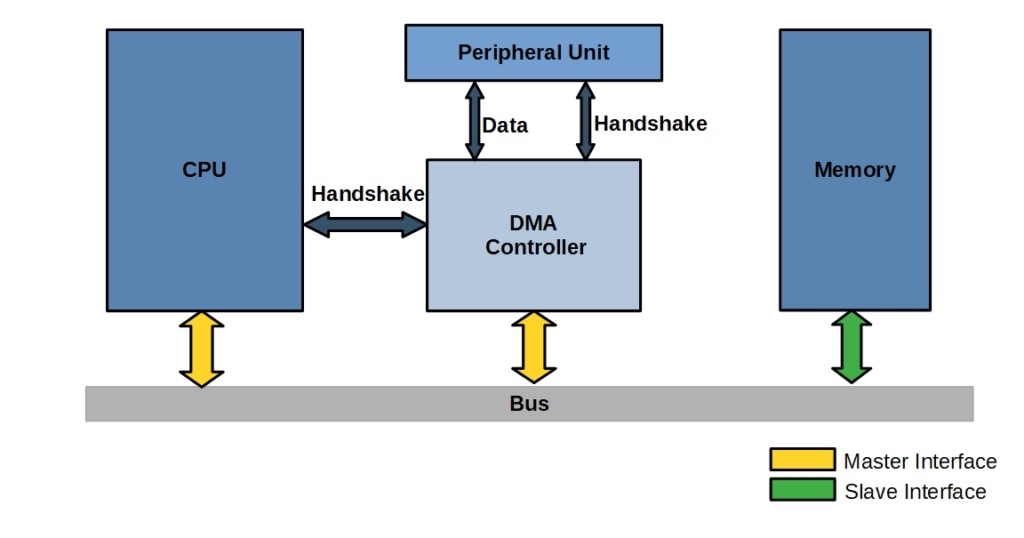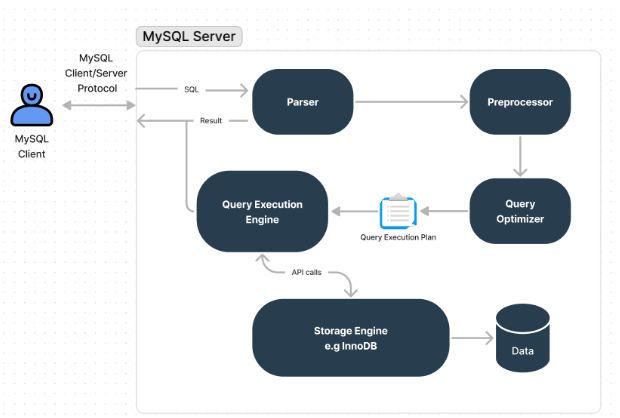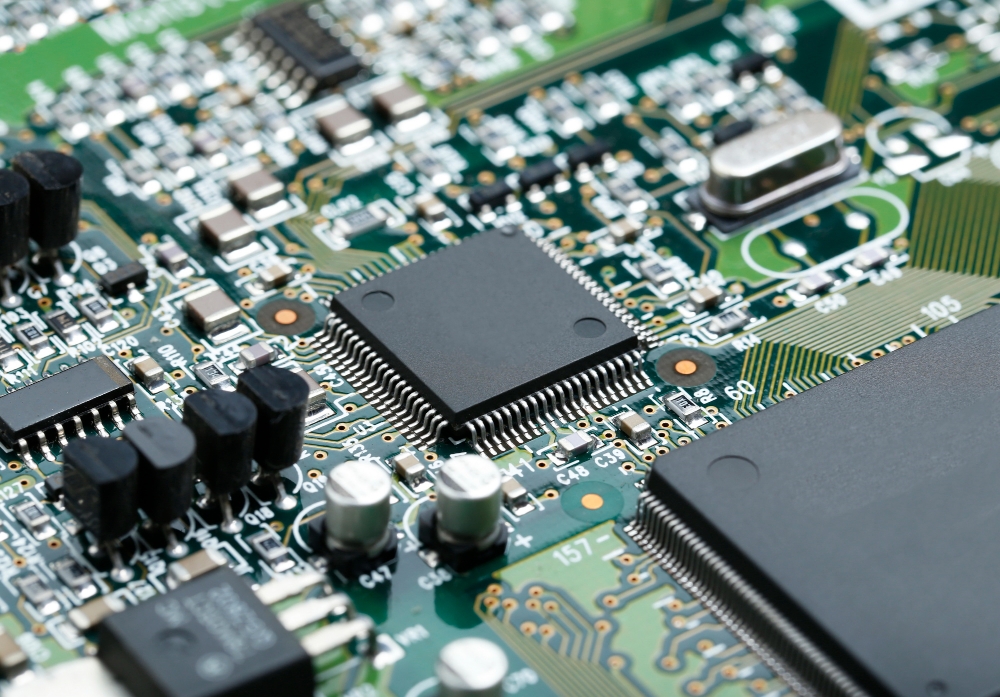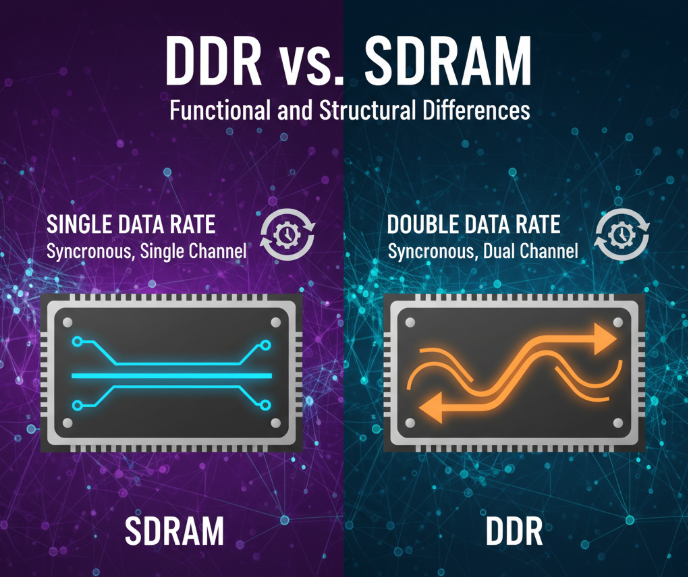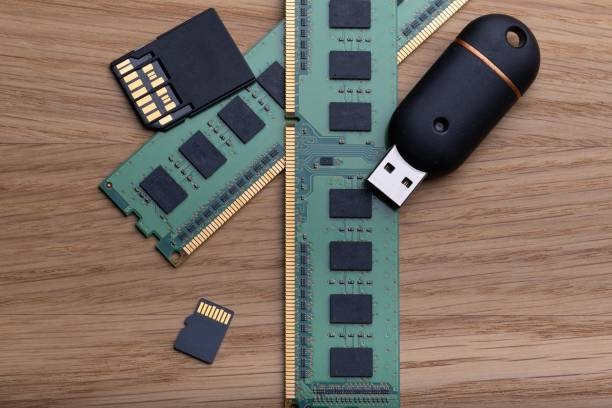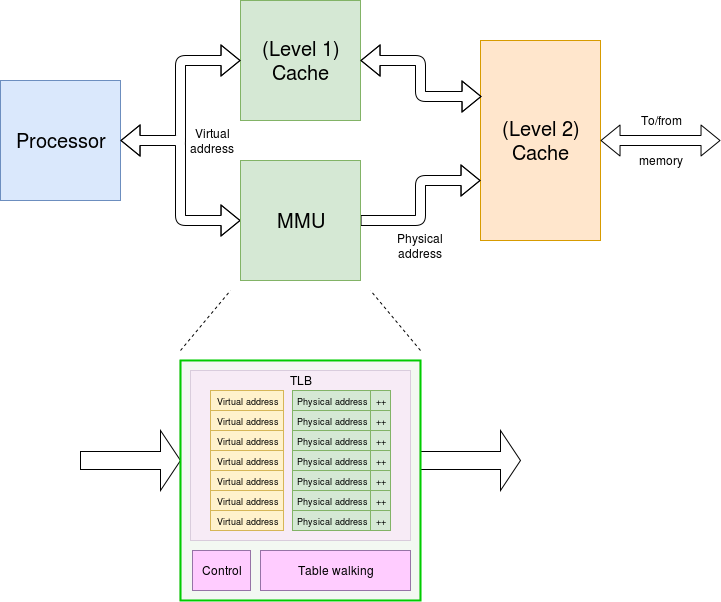The MemoryS 2025 conference highlighted AI as a key driver of storage demand, with enterprise SSDs expanding beyond cloud training to integrated AI training-inference systems. Industry leaders analyzed trends in data center AI servers, AI smartphones, AI PCs, and automotive storage, projecting significant growth in NAND flash and DRAM capacities for 2025.
2024 Storage Market Recap
In 2024, the storage industry rebounded, achieving a record $167 billion market size, with NAND flash at $69.6 billion and DRAM at $97.3 billion. For 2025, bit capacity demand is expected to grow by 12% for NAND flash and 15% for DRAM, driven by AI applications.
Server Market: QLC and Enterprise SSDs Take Center Stage
Server storage saw explosive growth in 2024, with NAND capacity surging 108%, server DRAM increasing 24%, and HBM skyrocketing 311%. In 2025, server shipments are projected to reach 13.3 million units, with AI servers comprising 14%, further boosting storage requirements.
While HBM remains critical for AI servers, enterprise SSDs, particularly those using QLC NAND, are gaining traction due to cost-effectiveness and high capacity. Major vendors are advancing their offerings:
- Samsung: Offers customized HBM solutions with client IP integration and is scaling DDR5 to 256 GB and SSDs from 16 TB to 256 TB, leveraging MRDIMM and CXL for heterogeneous computing.
- Kioxia: Pursues dual BiCS technology paths¡ªBiCS10 for high-density arrays supporting PCIe 6.0/7.0 and BiCS9 for cost-effective deprecated arrays with modern CMOS. PCIe 6.0 samples are expected in 2025, with deployment in 2026, and PCIe 7.0 samples in 2028 for 2029 deployment.
- Micron: Its 9550 SSD, with up to 30 TB, delivers high-speed data transfers to GPUs, eliminating bottlenecks in AI training and inference. PCIe 5.0 enterprise solutions excel in random read/write performance and energy efficiency.
- Yangtze Memory: Upgraded its Xtacking 4.0 architecture, offering higher I/O speeds and density with products like X4-9060 (512 Gb TLC), X4-9070 (1 Tb TLC), and X4-6080 (2 Tb QLC). QLC SSDs outperform HDDs in performance and latency, saving data center rack space.
- Foresee: Developed a full range of enterprise storage, including MRDIMM, PCIe/SATA eSSDs, and RDIMM, with full-stack customization for AI deployment.
- Memblaze: Launched PCIe 5.0 SSDs using Yangtze Memory chips and Alibaba¡¯s Zhenyue 510 controller, with the PBlaze7 7940 series exceeding 300,000 units shipped and the PBlaze7 7A40 in mass production for major AI model clients.
AI Smartphones and PCs
The AI smartphone market is forecast to grow 73.1% in 2025, with flagship devices doubling LPDDR5X memory capacity. AI PCs are expected to see significant adoption, with 43% of PCs projected to have AI capabilities by 2025, rising to 64% by 2028, requiring 80% more memory than current PCs.
- Samsung: Introduced UFS 4.1 for smartphones supporting million-parameter AI models and an 8 TB AI-specific SSD for PCs with enhanced cooling.
- Western Digital: Launched the UFS 4.1 iNAND MC EU711, optimizing mobile storage for AI applications with high transfer rates and efficiency.
- Foresee: Released UFS 4.1 with its WM7400 controller, supporting TLC/QLC media, 4350 MB/s read speeds, and 750K IOPS, alongside an eMMC Ultra with 600 MB/s bandwidth for cost-effective smartphone storage.
- Phison: Developed aiDAPTIV+, a NAND-based AI training-inference solution for edge environments, reducing costs and enhancing data security.
Automotive Storage
Automotive storage is a growing market, driven by intelligent driving and enhanced cabin experiences. AI-enabled vehicles require advanced storage for safety, entertainment, and autonomous features. Key trends include:
- Micron: Emphasizes AI-driven vehicles for comprehensive driving enhancements beyond autonomous functions.
- Maxio Technology: Notes a shift in smart cockpits to PCIe 4.0 BGA SSDs and autonomous driving storage from UFS 3.1 to UFS 4.1.
- XPeng Motors: Adopts domain-controlled AI cockpits with large language models for personalized, multimodal interactions, transitioning DRAM to LPDDR5/5X and LPDDR6, and flash from eMMC to UFS and SSDs, with centralized high-capacity storage needs.
- Foresee: Offers automotive-grade UFS, eMMC, LPDDR4x, and SPI NAND flash, supporting ADAS and smart cockpits, with nearly 100% market growth in 2024 and partnerships with over 20 OEMs and 50 Tier 1 suppliers.
Market Outlook and Price Trends
The storage industry is shifting from oversupply to balance, with spot market prices stabilizing. NAND prices are expected to firm up in Q2 2025, with a broader recovery anticipated by Q3. Recent price hikes by Western Digital, Micron, and Yangtze Memory signal a market upturn, though rapid increases could suppress demand. The focus on QLC SSDs and enterprise storage, alongside advancements in NAND and DRAM, positions the industry to meet AI-driven storage needs across servers, devices, and vehicles in 2025.
 ALLPCB
ALLPCB


